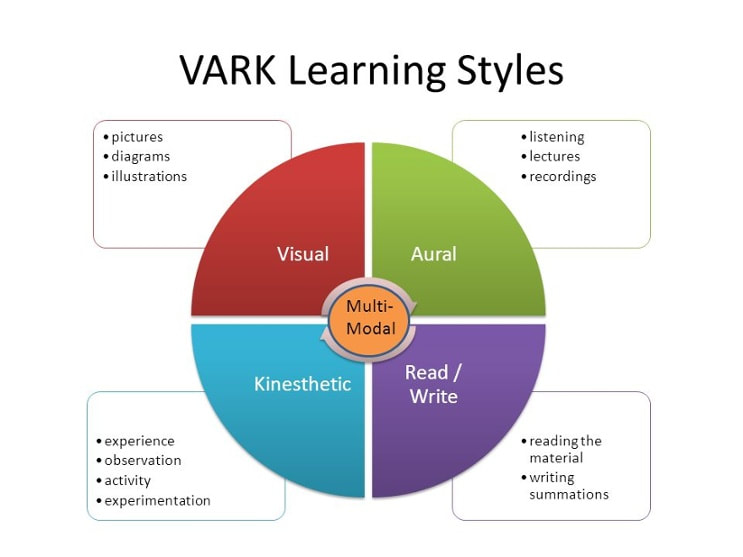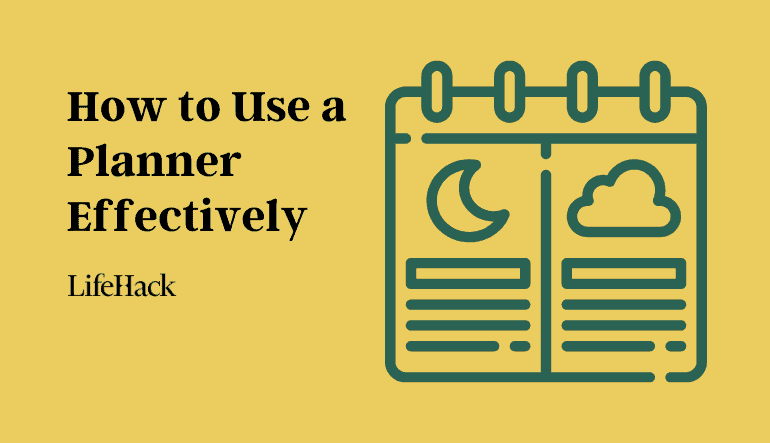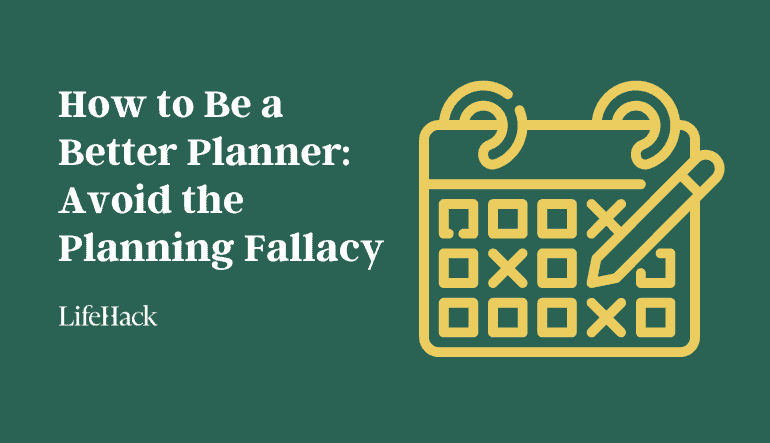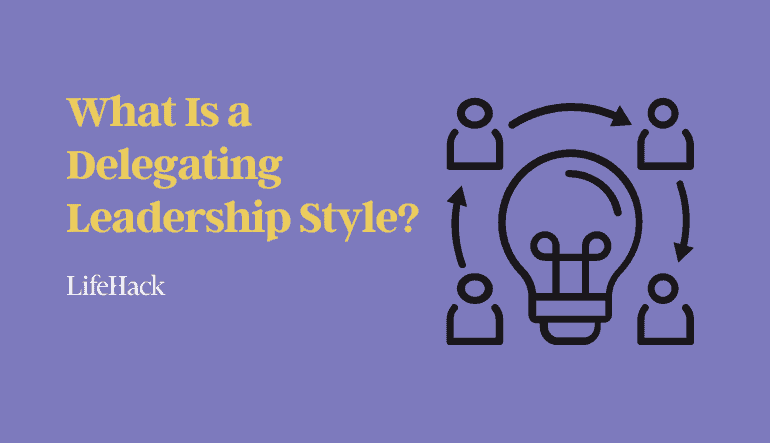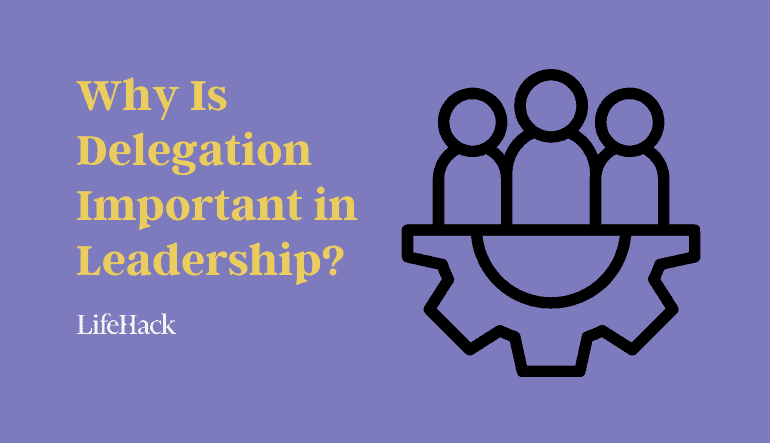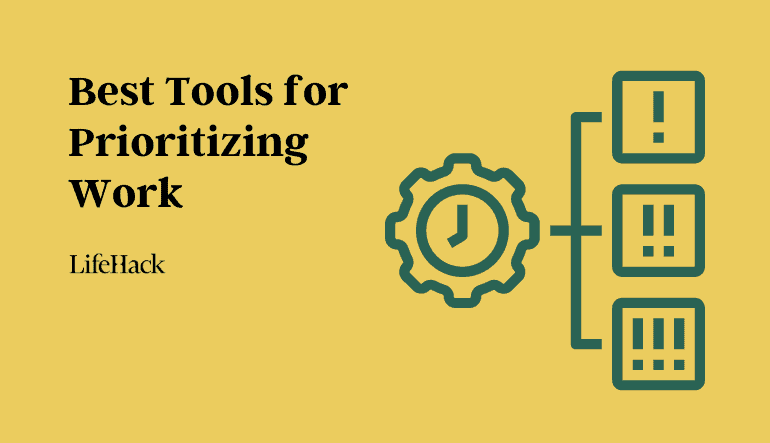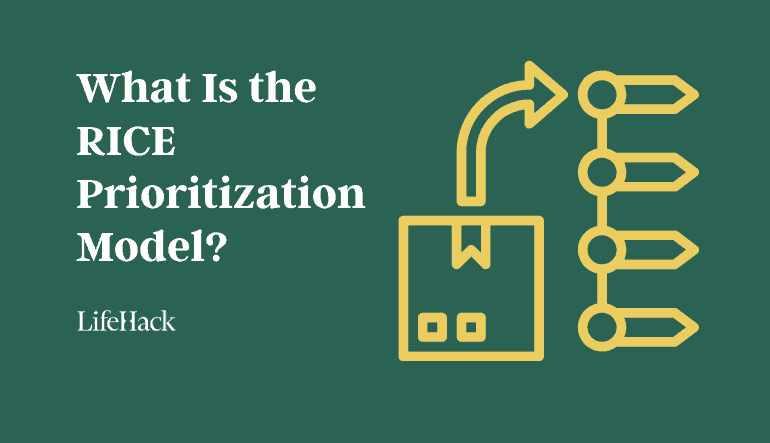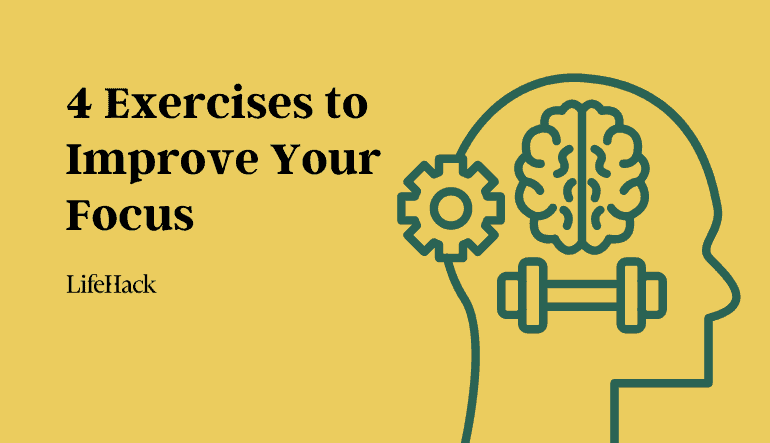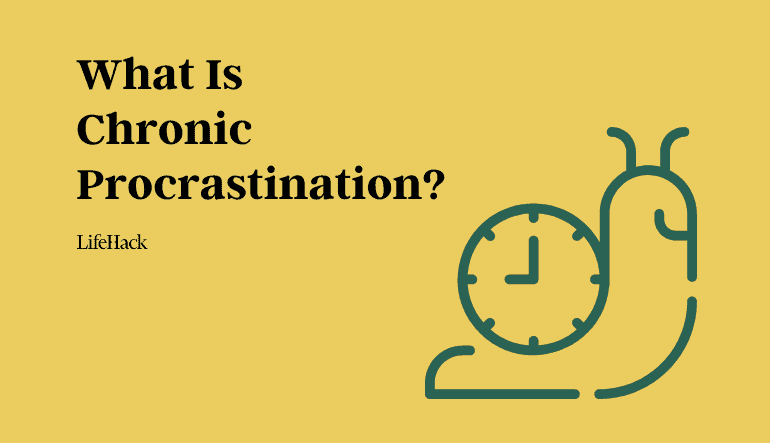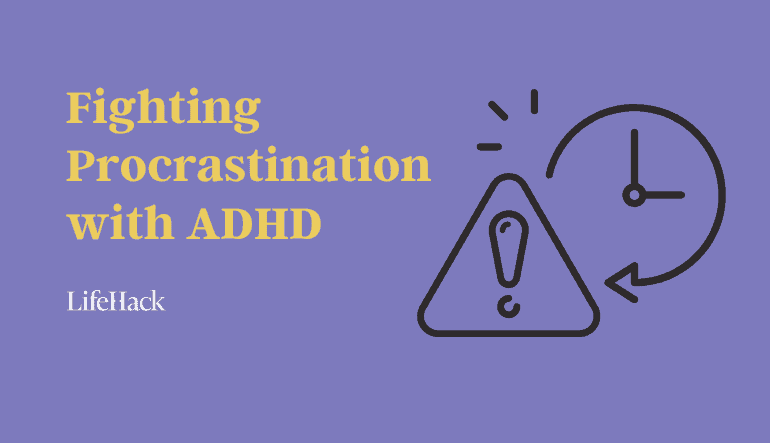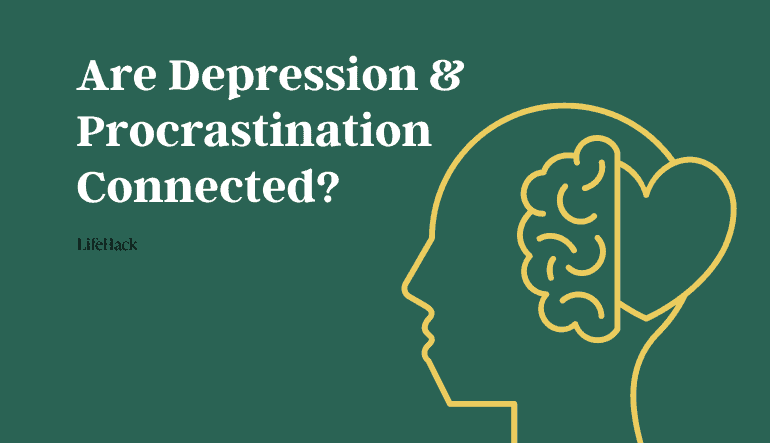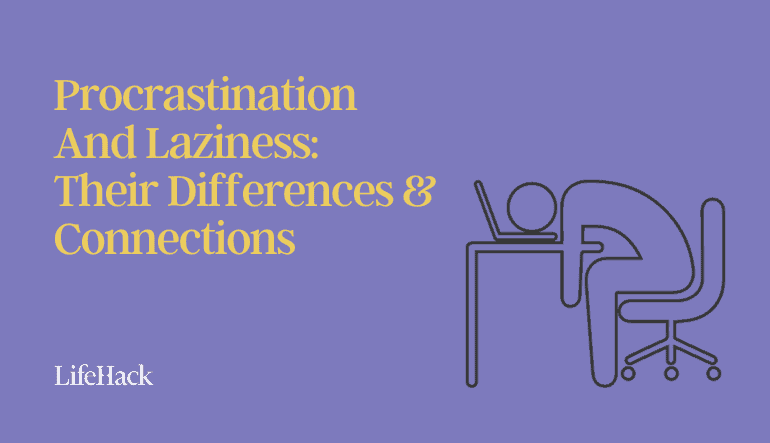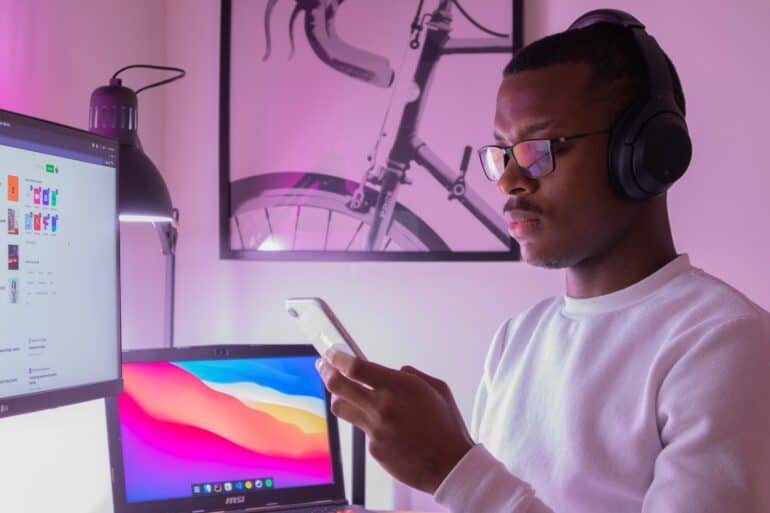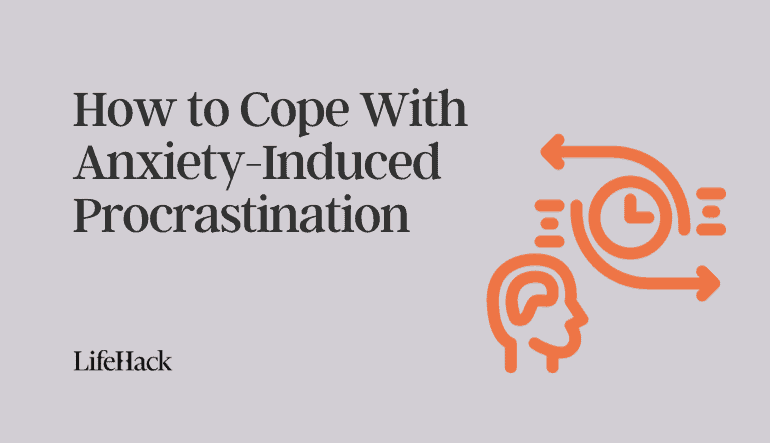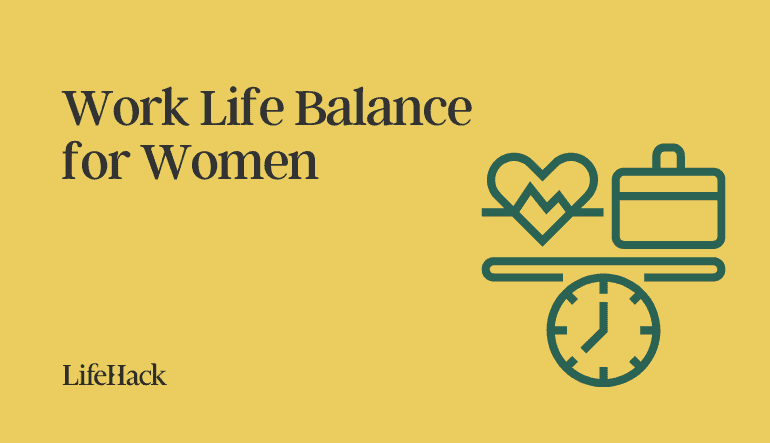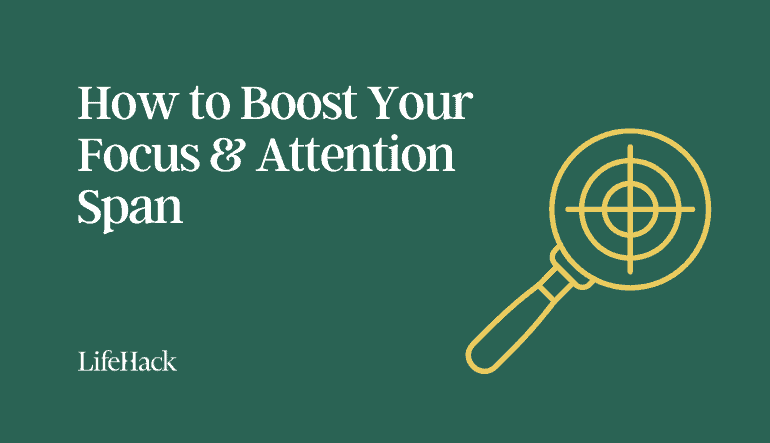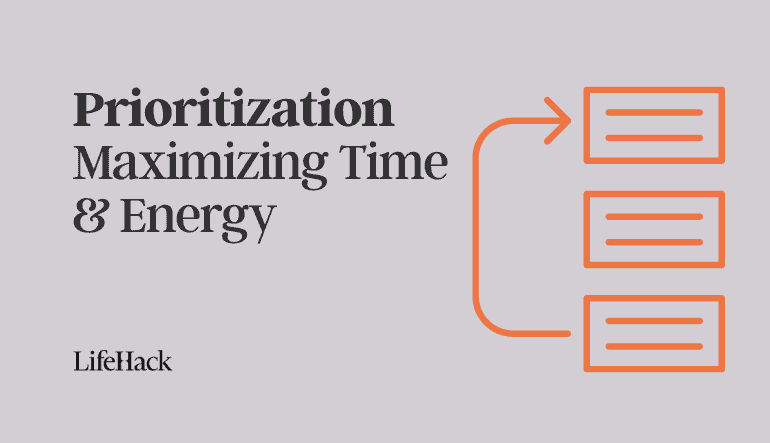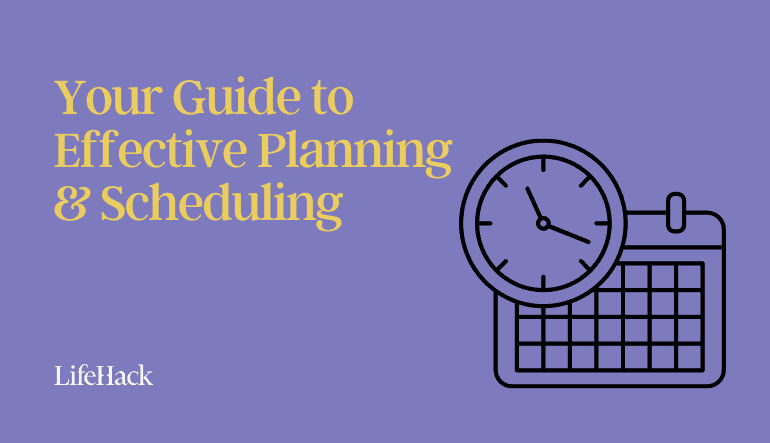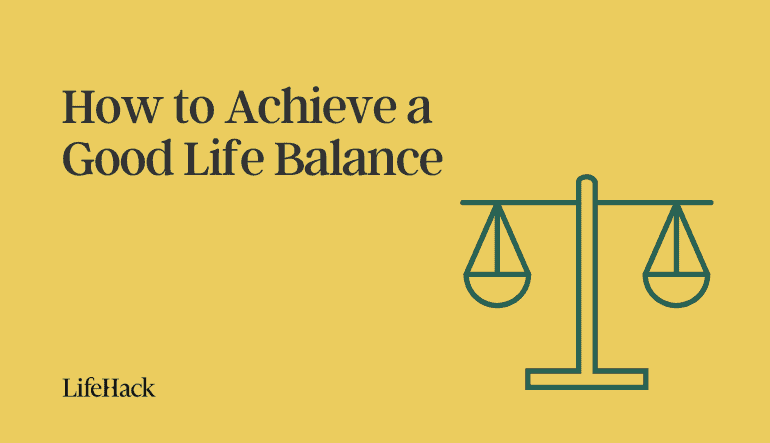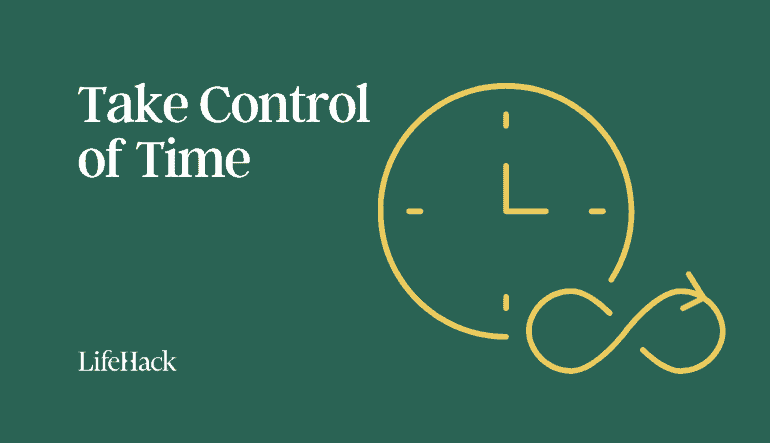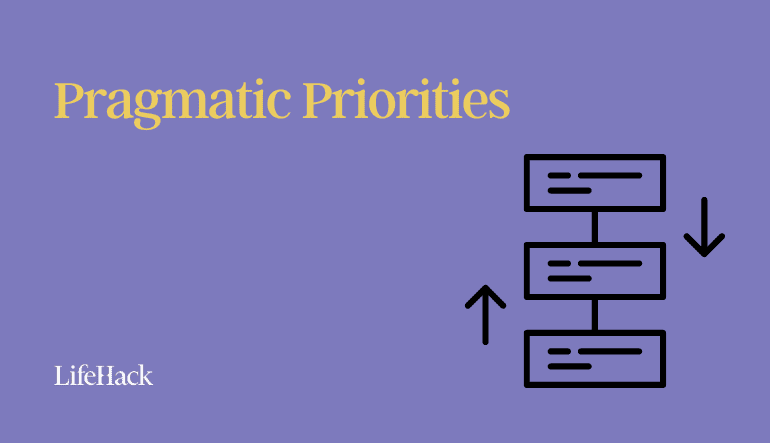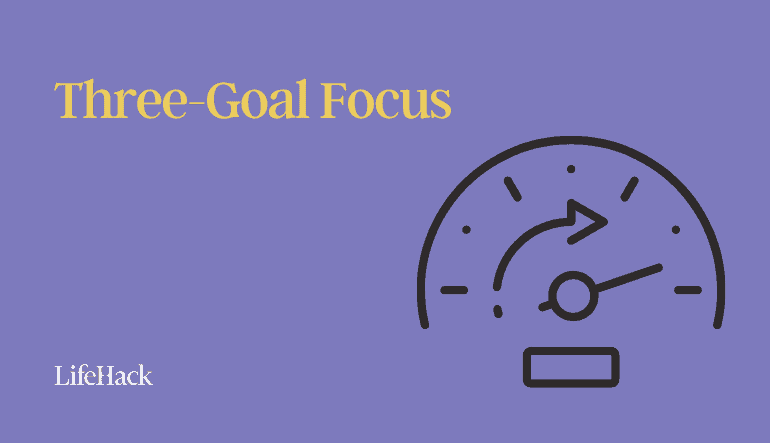When it comes to my learning preference, I’m certainly not an auditory or aural learner. No matter how many times someone tells me how to spell a word, I can’t seem to process it. They might as well be the teacher on Charlie Brown, sputtering nonsensical sounds.
An aural learner is a person who prefers to hear things to be able to process information better. You may have a friend who remembers your phone number when you’ve only repeated it once, or maybe you have a coworker who always remembers tidbits from past conversations. These people are very likely aural learners.
It’s important to keep in mind that learning styles are, in reality, only a preference. While someone may prefer to learn by listening, they can certainly learn other ways, as well. Here, we’ll go over the aural learner preference and its characteristics.
The Truth About Learning Styles
It’s important to keep in mind that learning styles are nothing but preferences.
The idea that some people are visual, aural, kinesthetic, or read/write learners began in the 1990s in New Zealand when Neil Fleming developed a questionnaire to measure how people preferred to process information[1]. Known as VARK, this questionnaire is still used up to this day to categorize people’s learning style preferences.[2]
Though Fleming’s learning style gained popularity, Polly Hussman and Valerie Dean O’Loughlin found no link between people’s preferred learning style and actual learning outcomes.[3] These findings were confirmed in subsequent studies, as well.
Preferred learning styles had no impact on how well participants could recall information.[4] It may be true that people like to gain information in various ways, but it’s not true that using a chosen learning style improves learning outcomes.
Nevertheless, it’s still clear that people (myself included) have preferred ways to receive new information. Therefore, it’s still a worthwhile pursuit to unpack what the characteristics of an aural learner are and how someone who prefers the auditory learning style can take advantage of that preference.
7 Characteristics of an Aural Learner
Let’s look at the 7 characteristics of an aural learner:
1. Prefer to Hear Information
This might seem obvious, but aural learners prefer to hear things aloud. If you find yourself asking for auditory information, you just might be one.
Auditory learners retain more information when it is heard, so verbally reinforcing information is a strong point for them when it comes to learning experiences. Exercises with read alouds and even working with study buddies can offer important auditory feedback for these learners.
If this sounds like you, download audiobooks and listen to podcasts. Try these 16 Best Podcasts on Motivation to Help You Reach Your Goals. You might also enjoy attending lectures and reading things out loud to better understand the content.
2. Gravitate Towards Audiobooks
Aural learners might also gravitate towards audiobooks, which are sources of auditory information at their finest. There are no words to read or pictures to look at, after all. If you enjoy audiobooks and podcasts and find it easy to remember bits of information after listening, you could be an aural learner.
3. Close Their Eyes to Focus on Auditory Information
When someone closes their eyes to better understand something, they might be an aural learner. They do it mostly to block out other learning methods and focus on auditory inputs.
If you think that’s you, you can try closing your eyes to get rid of visual stimuli and see how it affects your learning.
4. Talk and Move Lips to Process Information
You might also be able to spot an aural learner when they talk to themselves or are mouthing the words as they read since aural learners prefer hearing new information. They may repeat things to themselves during class discussions or mouth important points during meetings.
If you think you’re an aural learner, crack a book and read along. That way, you’ll turn reading and studying into an auditory experience.
5. Easily Remember People’s Names
Unlike me, aural learners tend to be good at learning people’s names. We usually hear instead of see them, so aural learners are at an advantage when it comes to learning new names.
You may boost your name-learning skills by repeating people’s names five times to make sure that you remember them well.
6. Do Not Like Noisy Learning Environments
It might seem counterintuitive, but being an aural learner doesn’t mean that they like a noisy environment. If someone prefers to hear information, they don’t appreciate listening to competing noises.
It’s the same for a visual learner. Just because I appreciate a chart or graph, it’s false to think that I like to be bombarded by visuals.
If people prefer aural learning, they might be attracted to clear, audible sounds and struggle with auditory distractions.
Aim to reduce distractions in your environment, regardless of your preferred learning style. Find a quiet place to study without the sound of traffic, phones, and televisions disturbing you.
7. Might Ignore Visual Representations of Information
Lastly, an aural learner might not even notice or pay attention to visual information. If charts and graphs don’t make things clearer for you, it is highly possible that audible information serves you better.
Go ahead and listen to as much information as you can. Still, don’t completely ignore the visuals. After that, go back and use the other learning styles to reinforce what you’re learning. Know your blind spot and make sure to access all methods since people do learn better and retain more data when they use multiple learning styles, regardless of their preference.
How Does an Aural Learner Learn?
Because learning styles are only a matter of choice and not actually a way to improve learning outcomes, aural learners learn like everyone else. Once you realize that, it’s okay to start with that preference, whether it’s aural, visual, kinesthetic, or read/write. I know I still always ask people to write things down for me, and I prefer reading over anything else. It’s not a problem — it feels more natural for me to do so.
If you’re an aural learner, you may try listening to audiobooks and podcasts first. You can even turn on an audiobook while reading the same book, considering that combining learning styles helps people retain new information.
People should try to match the learning task with the learning style, as context matters. If you need to analyze graphs for an upcoming exam, auditory information is probably not the best way to go. If you prefer visuals to learn your lines in a play, though, aural inputs might actually be more helpful for you. And if you favor a read/write learning style but are practicing a new TikTok dance, you can read all the books in the world and still not be able to learn the moves.
Hence, always think of what you’re learning about before you decide on your learning method.
Furthermore, it’s important to limit distractions, regardless of your preferred learning style. Whether you’re an aural, visual, kinesthetic, or read/write learner, you need to turn off your gadgets and study in a quiet environment. I’d even suggest getting noise-canceling headphones to block external noises. The more conducive to learning your environment is, the better your chances of learning will be.
Final Thoughts
Self-reflection is an essential part of the learning process. After trying out a learning style, reflect on what worked and what didn’t. What are the results? Did the learning style fit what you’re trying to learn?
It’s a lifelong process to figure out how your brain processes new information best, so make sure to reflect on yourself. Try new learning styles or combinations of styles to see what works in different scenarios.
Self-reflection builds self-awareness, which is crucial for improving learning outcomes over time. Unfortunately, there’s no magic bullet for that.
However, if you prefer aural learning, start with auditory information, mix things up with other learning styles, consider which ones are suitable for what you’re trying to learn, reduce distractions, and become as reflective about your learning as possible. This way, you’ll be starting with your preferences and creating a learning system that will continue to improve over time.
More on Learning
- 30 Best Quotes to Inspire You To Never Stop Learning
- How to Cultivate Continuous Learning to Stay Competitive
- 10 Ways to Find Learning Motivation (Even After You’ve Graduated)
Featured photo credit: Mimi Thian via unsplash.com
Reference
| [1] | ^ | Tutoring With a Twist: VARK Learning Styles |
| [2] | ^ | Verywell Mind: Overview of VARK Learning Styles |
| [3] | ^ | American Association for Anatomy: Another Nail in the Coffin for Learning Styles? Disparities among Undergraduate Anatomy Students’ Study Strategies, Class Performance, and Reported VARK Learning Styles |
| [4] | ^ | British Journal of Psychology: Learning Style, Judgements of Learning, and Learning of Verbal and Visual Information |

